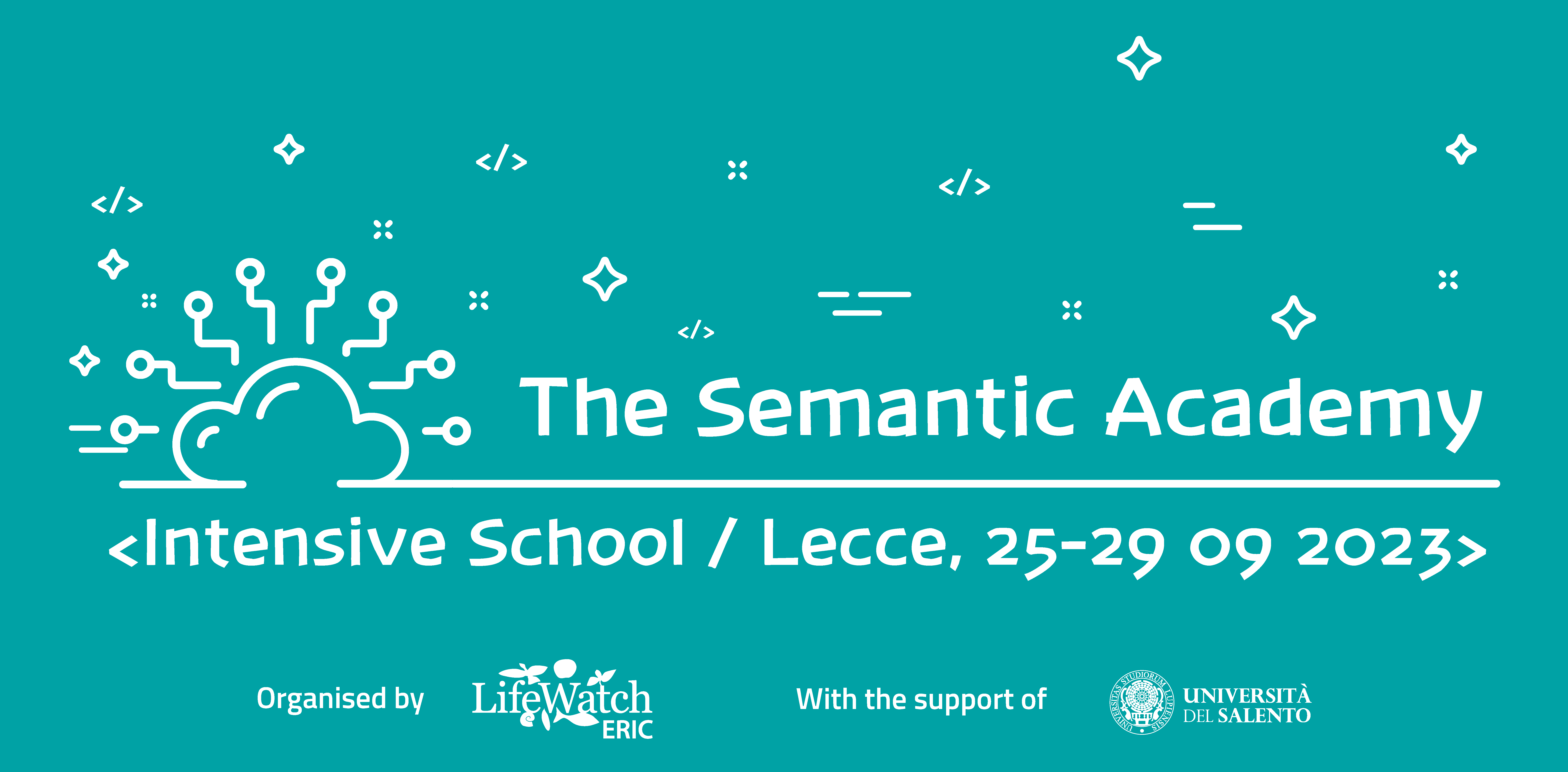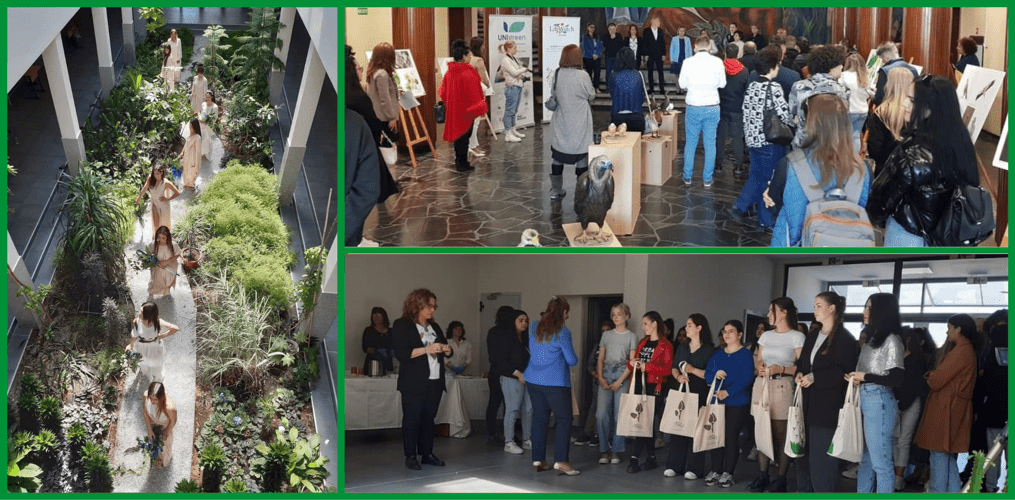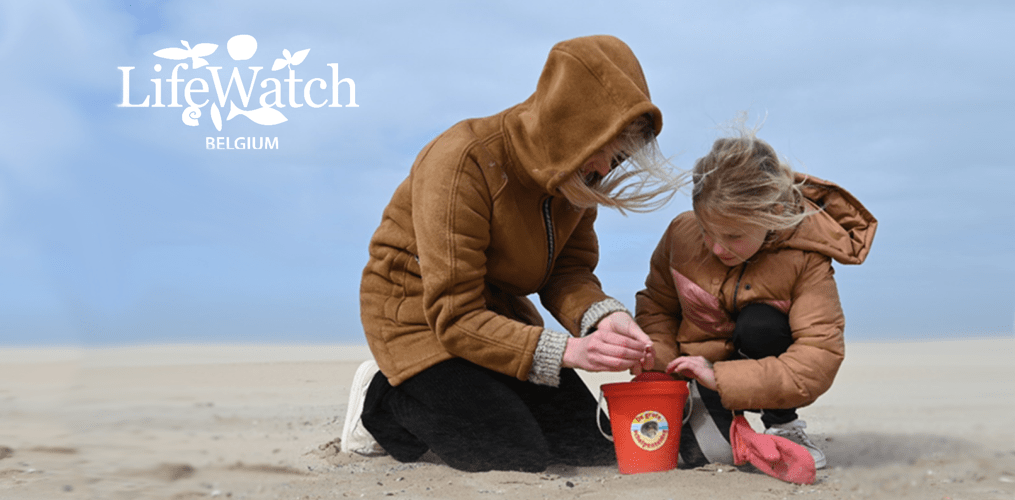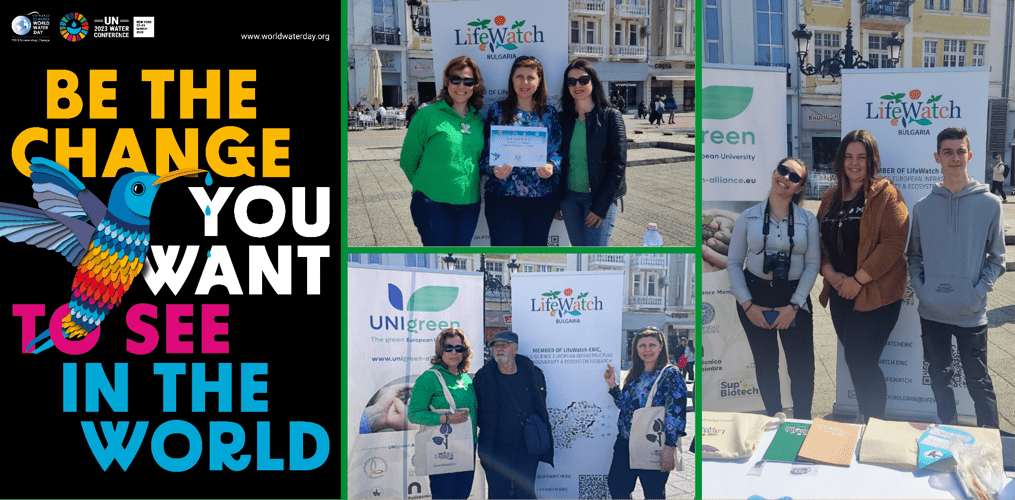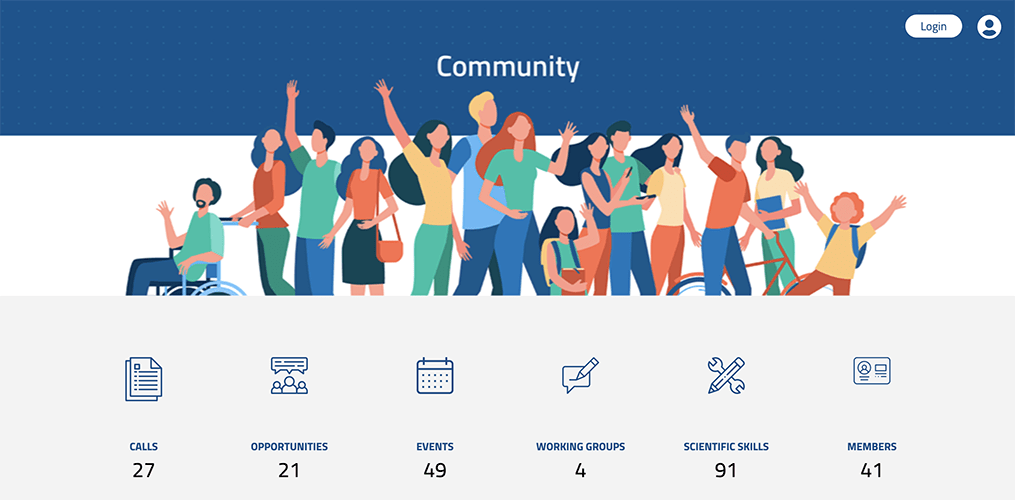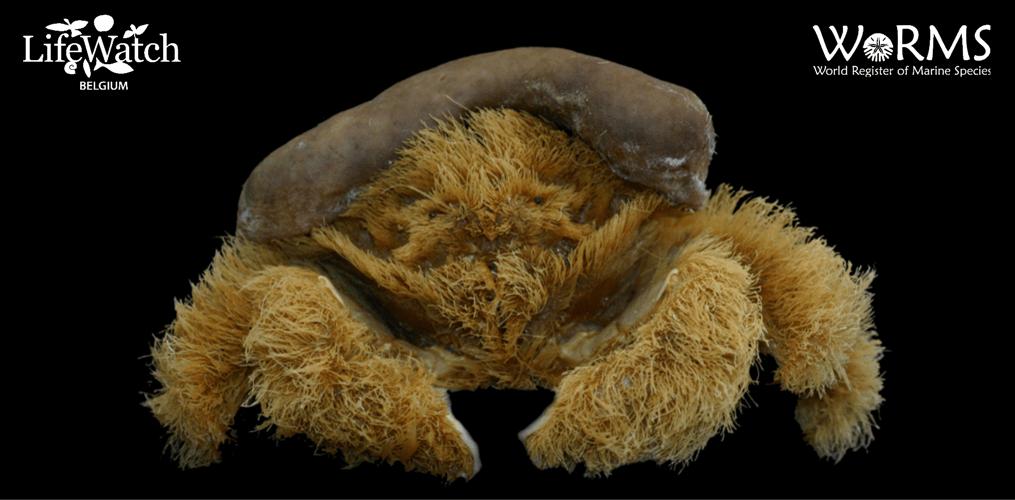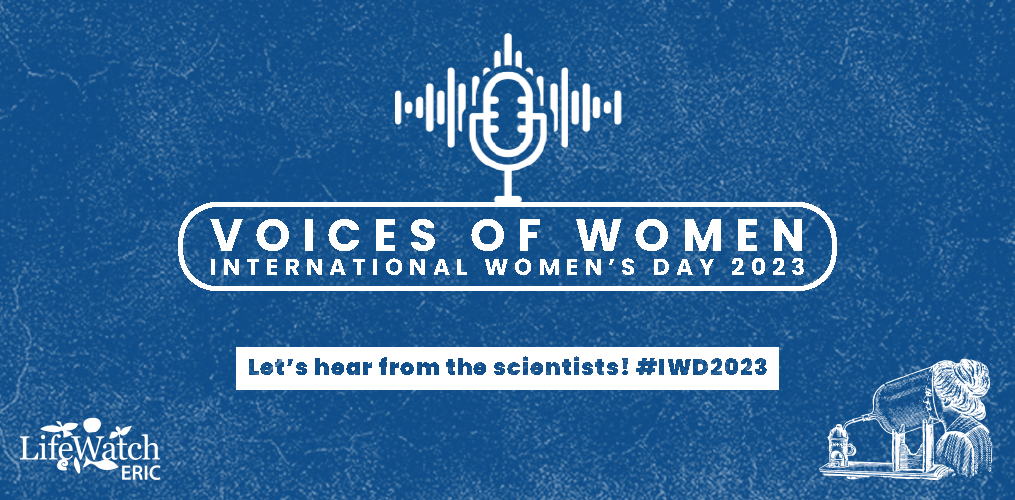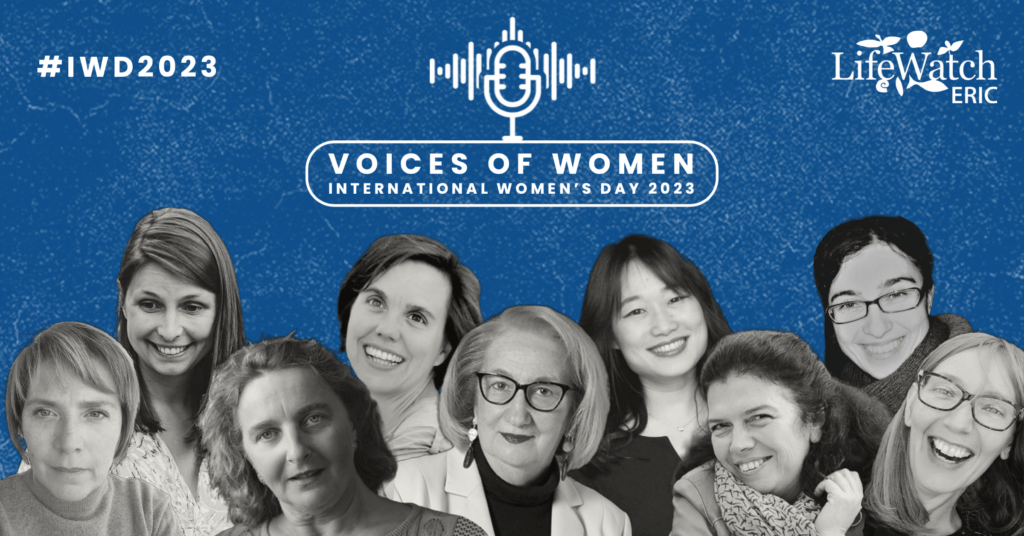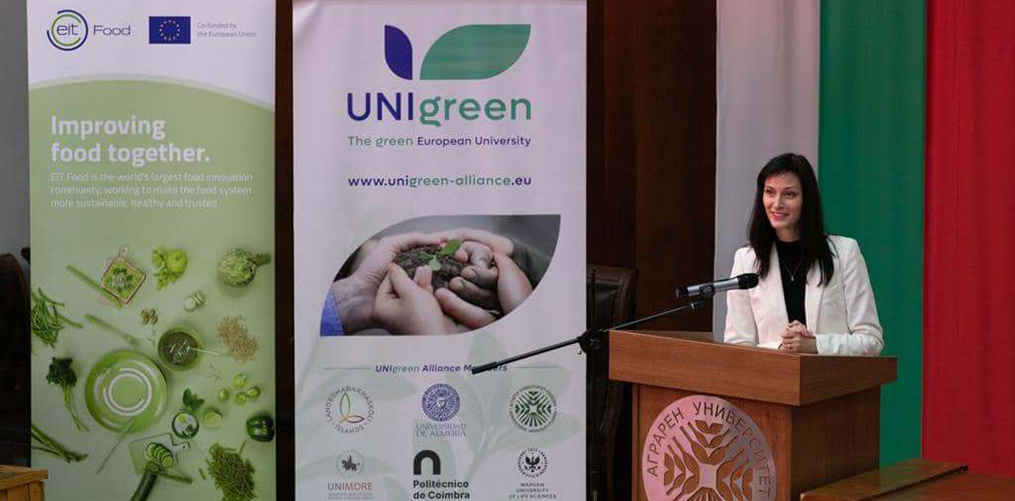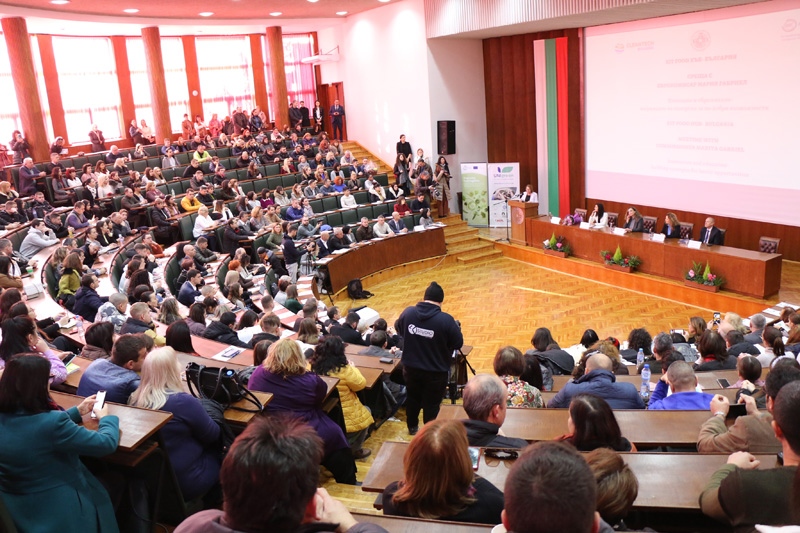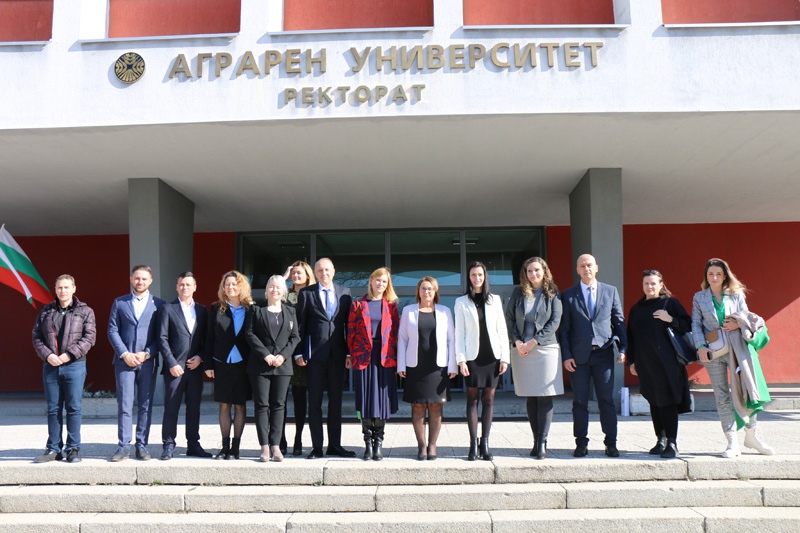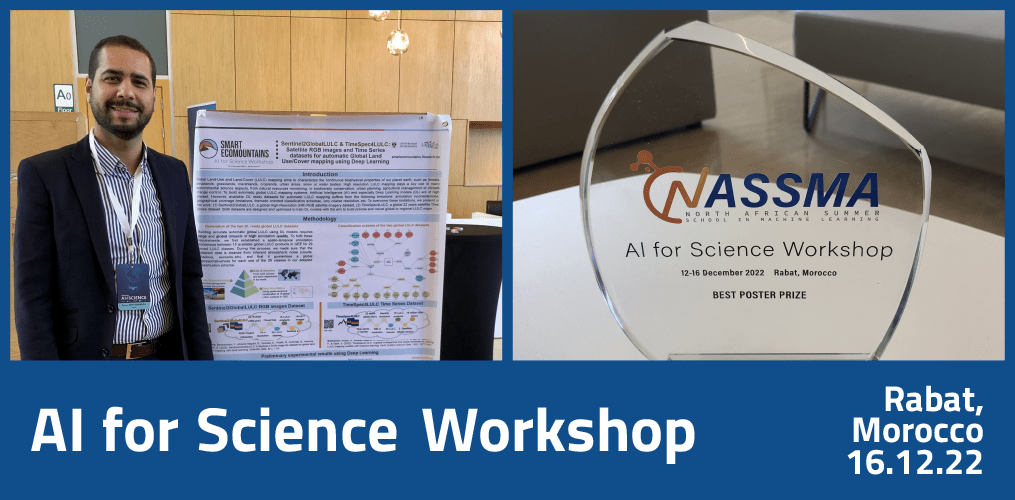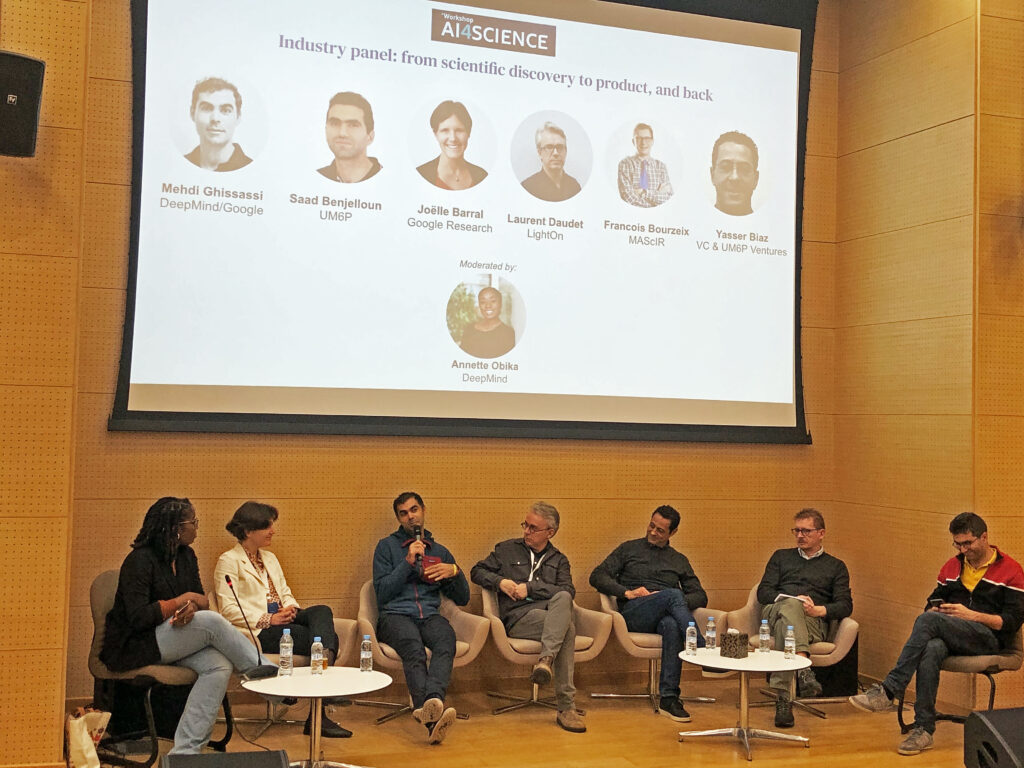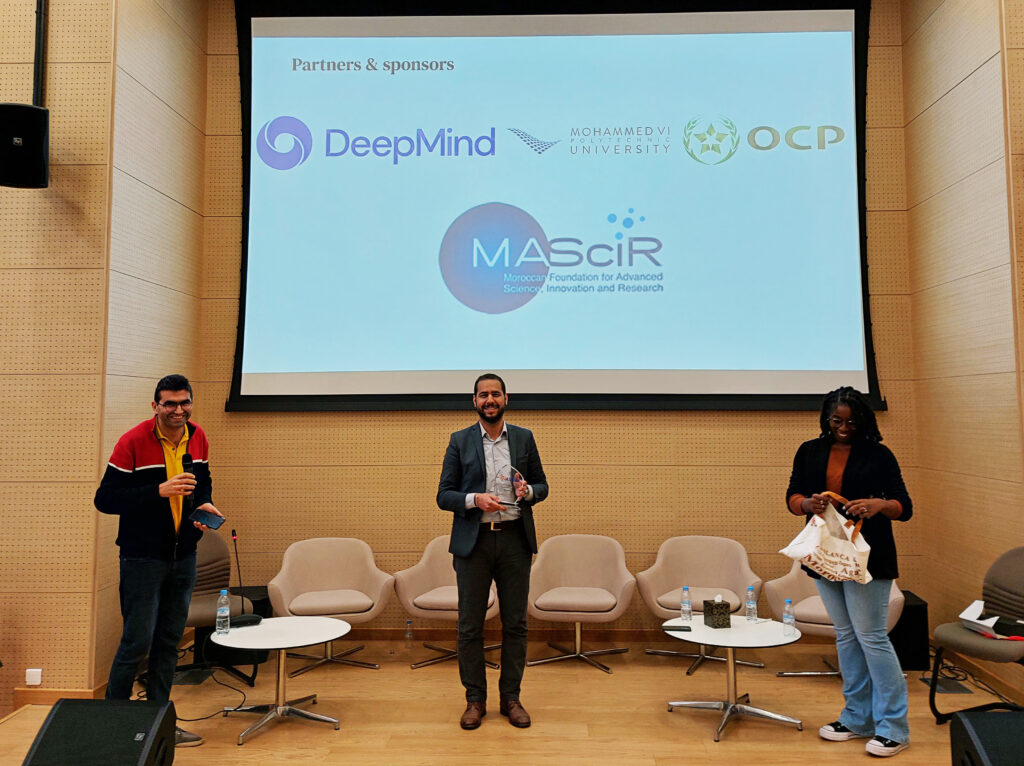In recent years, one of the major challenges in Environmental and Earth Sciences has been managing and searching larger volumes of data, collected across multiple disciplines. Many different standards, approaches, and tools have been developed to support the Data Lifecycle from Data Acquisition to Data Curation, Data Publishing, Data Processing and Data Use. In particular, modern semantic technologies provide a promising way to properly describe and interrelate different data sources in ways that reduce barriers to data discovery, integration, and exchange among biodiversity and ecosystem resources and researchers. Therefore, we are delighted to announce the launch of the 2023 edition of The Semantic Academy – The LifeWatch ERIC Intensive School: Boost your research with semantic artifacts. And this time, we are back in person!
This school is organized by LifeWatch ERIC and will take place in Lecce, from 25 to 29 September 2023.
This edition’s title is “Boost your research with semantic artifacts”. This course is built as a five-day intensive school providing the knowledge on how to create semantic artifacts for a specific domain and use them to annotate and analyse data in a Virtual Research Environment (VRE). It will cover topics such as Data Science, Semantics, Ontology, Vocabularies, Virtual Research Environments (VREs). The School is therefore mainly aimed at IT architects, Research Infrastructure (RI) service developers and user support staff, and RI staff.
The Semantic Academy will welcome participants with a welcome cocktail event and social dinner, while the actual Intensive School programme will last from Monday afternoon to Friday morning, closing with a certificate ceremony.
The outline of the School programme is as follows:
- Introducing the LifeWatch ERIC eScience Infrastructure
- Ontology Engineering
- Designing and Developing vocabularies
- Using Semantics for discovering, accessing and analysing data in the Notebook-as-a-VRE (NaaVRE)
- Putting everything together: practical activity with participants projects presentations
EXTENDED DEADLINE: Interested persons are invited to apply by 30 July by filling in the sign-up form here
Participation is free, but registration is compulsory. Three grants are made available by LifeWatch ERIC to support applicants younger than 30 years. Successful candidates will be offered accommodation for the whole duration of the intensive school on the basis of their motivation letter and their curricula, while travel must be self-funded. LifeWatch ERIC is an equal opportunity organisation, and encourages all qualified candidates to apply, regardless of race, gender, age, national origin, or sexual orientation. Follow LifeWatch ERIC updates!
You can access the dedicated minisite with more detailed information on the Semantic Academy here.
You can find information about other Summer Schools on Data FAIRness previously organised by LifeWatch ERIC and the ENVRI Community on our Training & Education page.
